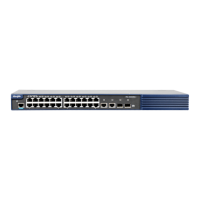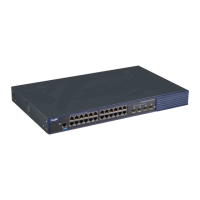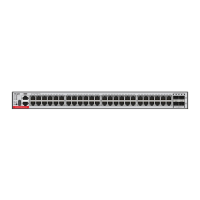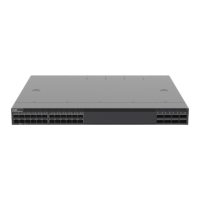Command Reference OSPFv2 Commands
removed from the autonomous domain.
To avoid route loops, Type-5 LSAs generated from Type-7 convergence will be eliminated
immediately after the current device stopped serving as a translator, with no need to wait until the
stability-interval expires.
In a same NSSA, you are recommended to configure the translator always parameter on only one
ABR.
When the Type-7 LSAs are translated to Type-5, forwarding addresses (FA) of Type-7 LSAs are
included in the translated Type-5 LSAs.
The following example sets area 1 as an NSSA on all routers of the area.
Ruijie(config)#router ospf1
Ruijie(config-router)#network 172.16.0.0 0.0.255.255 area0
Ruijie (config-router)#network 192.168.12.0 0.0.0.255 area 1
Ruijie(config-router)# area1nssa
Defines the cost (OSPF metric) of the default
aggregate route advertised to the NSSA.
Use this command to configure inter-area route aggregation for OSPF. Use the no form of this
command to delete route aggregation. Use the no form with the cost parameter to restore the default
metric of the aggregate route, but not delete route aggregation.
area area-id range ip-address net-mask [ advertise | not-advertise ] [ cost cost ]
no area area-id range ip-address net-mask [ cost ]
ID of the area where the aggregate route is injected into. The value
can be a decimal integer or an IP address.
Network segment whose routes are to be aggregated
advertise | not-advertise
Whether to advertise the aggregate route
Sets the priority of the interface. The range is from 0 to 16777215.
No inter-area route aggregation is configured by default.
The configured aggregation range is advertised by default.
The default metric of the aggregate route depends on whether the device is compatible with
RFC1583. If yes, the default metric is the smallest cost of the aggregate route. If no, the default metric
is the largest cost of the aggregate route.
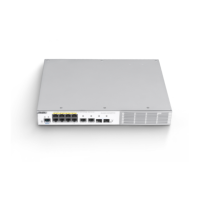
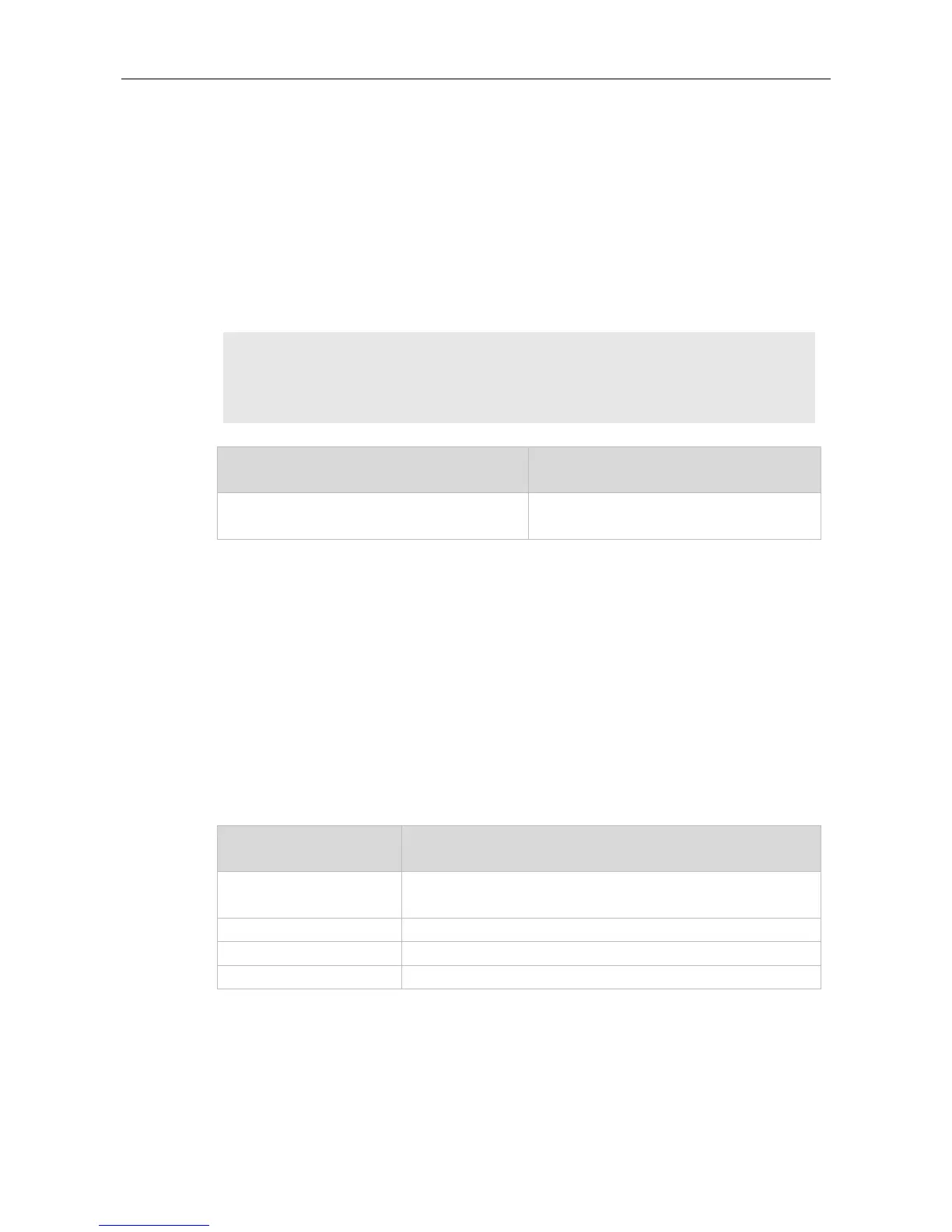